Betty Boothroyd, former Speaker of the House of Commons, calls for more research funding for eye health
Letters.
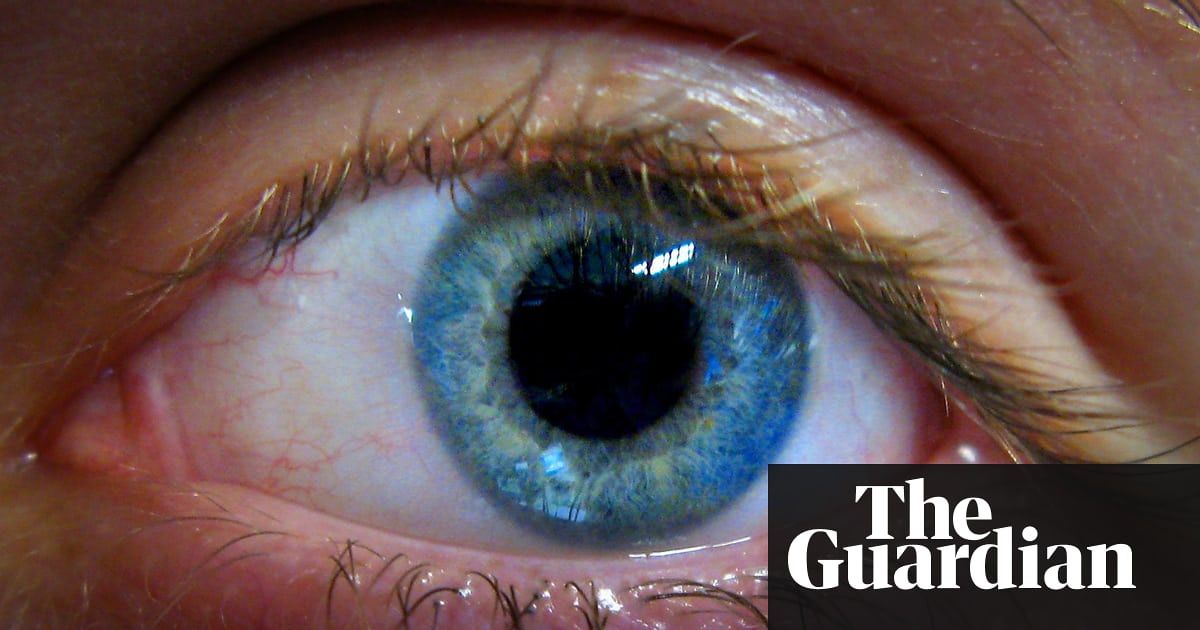

Vivli, which spun out of a policy think tank at Harvard University–affiliated Brigham and Women’s Hospital in Boston, is part of a push to encourage drug developers to share trial data—even negative results, findings that show a treatment has no benefit. Companies seeking U.S. regulatory approval for a drug, as well as investigators funded by the National Institutes of Health, must post limited, summary results on ClinicalTrials.gov. But many researchers and policy analysts believe sharing detailed raw data on individual patients, stripped of identifying information, would be valuable. Researchers could confirm that a drug works, look for side effects, or explore new questions.
Vivli aims to ease sharing of anonymized clinical studies.
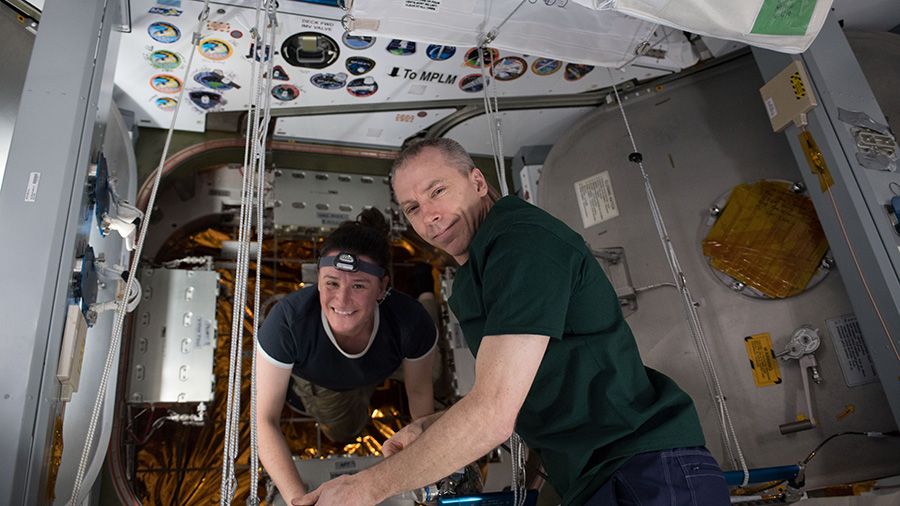
Cancer and rodent studies were on the crew’s timeline today to help doctors and scientists improve the health of humans in space and on Earth. The crew also conducted an emergency drill aboard the International Space Station.
Flight Engineer Serena Auñón-Chancellor examined endothelial cells through a microscope for the AngieX Cancer Therapy study. The new cancer research seeks to test a safer, more effective treatment that targets tumor cells and blood vessels. Commander Drew Feustel partnered with astronaut Alexander Gerst and checked on mice being observed for the Rodent Research-7 (RR-7) experiment. RR-7 is exploring how microgravity impacts microbes living inside organisms.
Astronaut Ricky Arnold and Gerst collected and stowed their blood samples for a pair of ongoing human research studies. Arnold went on to work a series of student investigations dubbed NanoRacks Module-9 exploring a variety of topics including botany, biology and physics.

Watersheds channel water from streams to oceans, and more than $450 billion in food, manufactured goods and other economic factors depend on them, according to the Environmental Protection Agency. Watersheds also are crucial to the health of surrounding ecosystems and communities. Now, researchers from the University of Missouri have found that climatic changes and urban development, when working in tandem, could have profound effects on watersheds by midcentury.
“In some cases, the effects of urban development and climatic changes on hydrologic conditions can be intensified when both stressors are considered,” said Michael Sunde, a researcher in MU’s School of Natural Resources. “In spring, for example, we found that both factors could increase runoff, which, in turn, can send more pollutants into streams, increase erosion and cause more serious flooding.”
Sunde (pronounced “Soond”) and his colleagues used several models, including land cover change, hydrologic and climate model projections to identify potential changes in a Missouri watershed for the mid-21st century. Individually, increased urbanization and climate change were shown to have different impacts on the watershed. Researchers found that urban development is likely to increase runoff and limit the amount of water absorbed into the ground as groundwater. Evaporation of water from soil and other surfaces and consumptive water use by plants is also expected to decrease due to urbanization. Conversely, projected temperature increases and changing precipitation patterns would cause decreases to runoff and increased evaporation and plant transpiration. However, climate impacts were shown to vary widely, depending on the season and direction of precipitation changes projected by climate models.
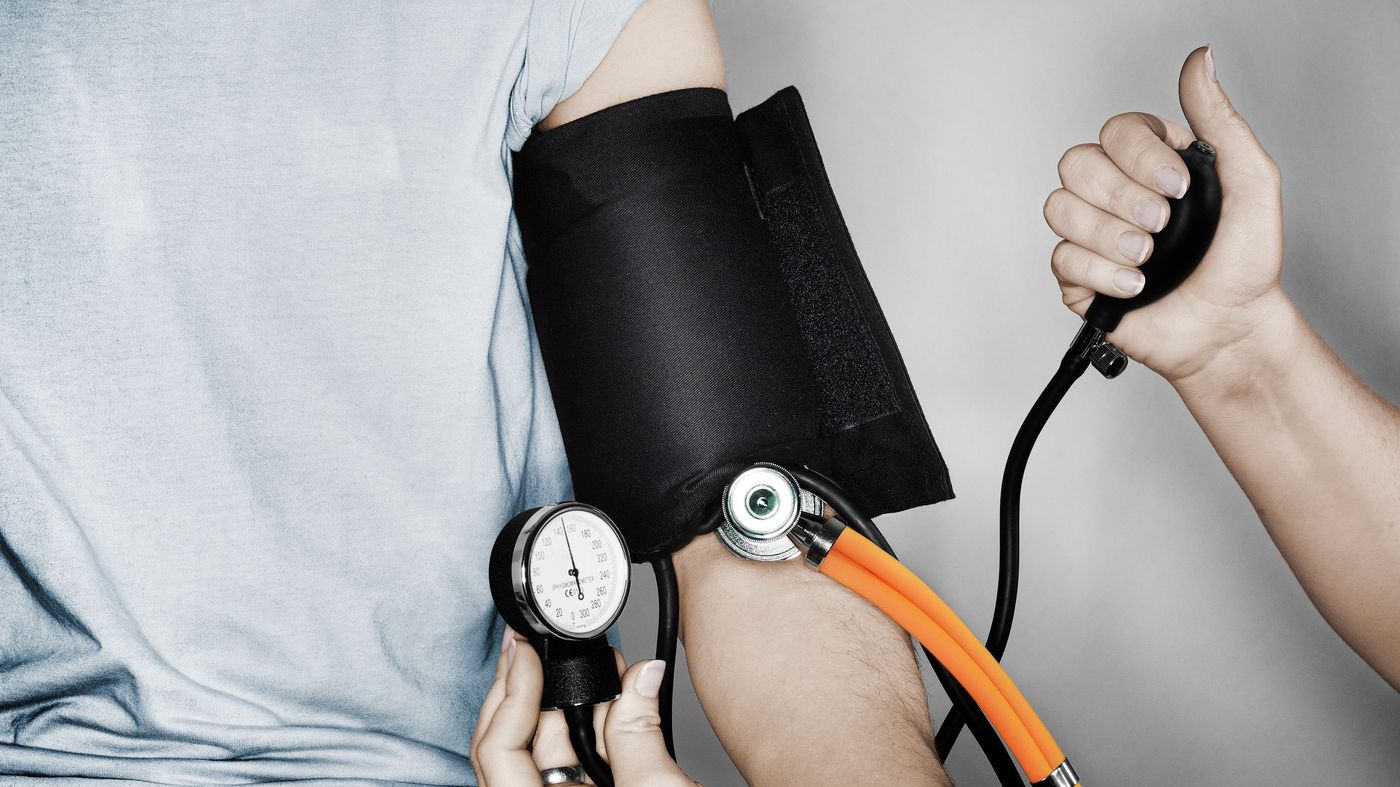


Groundbreaking research shows that neurological health depends as much on signals sent by the body’s large, leg muscles to the brain as it does on directives from the brain to the muscles. Published today in Frontiers in Neuroscience, the study fundamentally alters brain and nervous system medicine — giving doctors new clues as to why patients with motor neuron disease, multiple sclerosis, spinal muscular atrophy and other neurological diseases often rapidly decline when their movement becomes limited.
“Our study supports the notion that people who are unable to do load-bearing exercises — such as patients who are bed-ridden, or even astronauts on extended travel — not only lose muscle mass, but their body chemistry is altered at the cellular level and even their nervous system is adversely impacted,” says Dr. Raffaella Adami from the Università degli Studi di Milano, Italy.
The study involved restricting mice from using their hind legs, but not their front legs, over a period of 28 days. The mice continued to eat and groom normally and did not exhibit stress. At the end of the trial, the researchers examined an area of the brain called the sub-ventricular zone, which in many mammals has the role of maintaining nerve cell health. It is also the area where neural stem cells produce new neurons.

“DATA SLAVERY.” Jennifer Lyn Morone, an American artist, thinks this is the state in which most people now live. To get free online services, she laments, they hand over intimate information to technology firms. “Personal data are much more valuable than you think,” she says. To highlight this sorry state of affairs, Ms Morone has resorted to what she calls “extreme capitalism”: she registered herself as a company in Delaware in an effort to exploit her personal data for financial gain. She created dossiers containing different subsets of data, which she displayed in a London gallery in 2016 and offered for sale, starting at £100 ($135). The entire collection, including her health data and social-security number, can be had for £7,000.
Only a few buyers have taken her up on this offer and she finds “the whole thing really absurd”. Yet if the job of the artist is to anticipate the Zeitgeist, Ms Morone was dead on: this year the world has discovered that something is rotten in the data economy. Since it emerged in March that Cambridge Analytica, a political consultancy, had acquired data on 87m Facebook users in underhand ways, voices calling for a rethink of the handling of online personal data have only grown louder. Even Angela Merkel, Germany’s chancellor, recently called for a price to be put on personal data, asking researchers to come up with solutions.
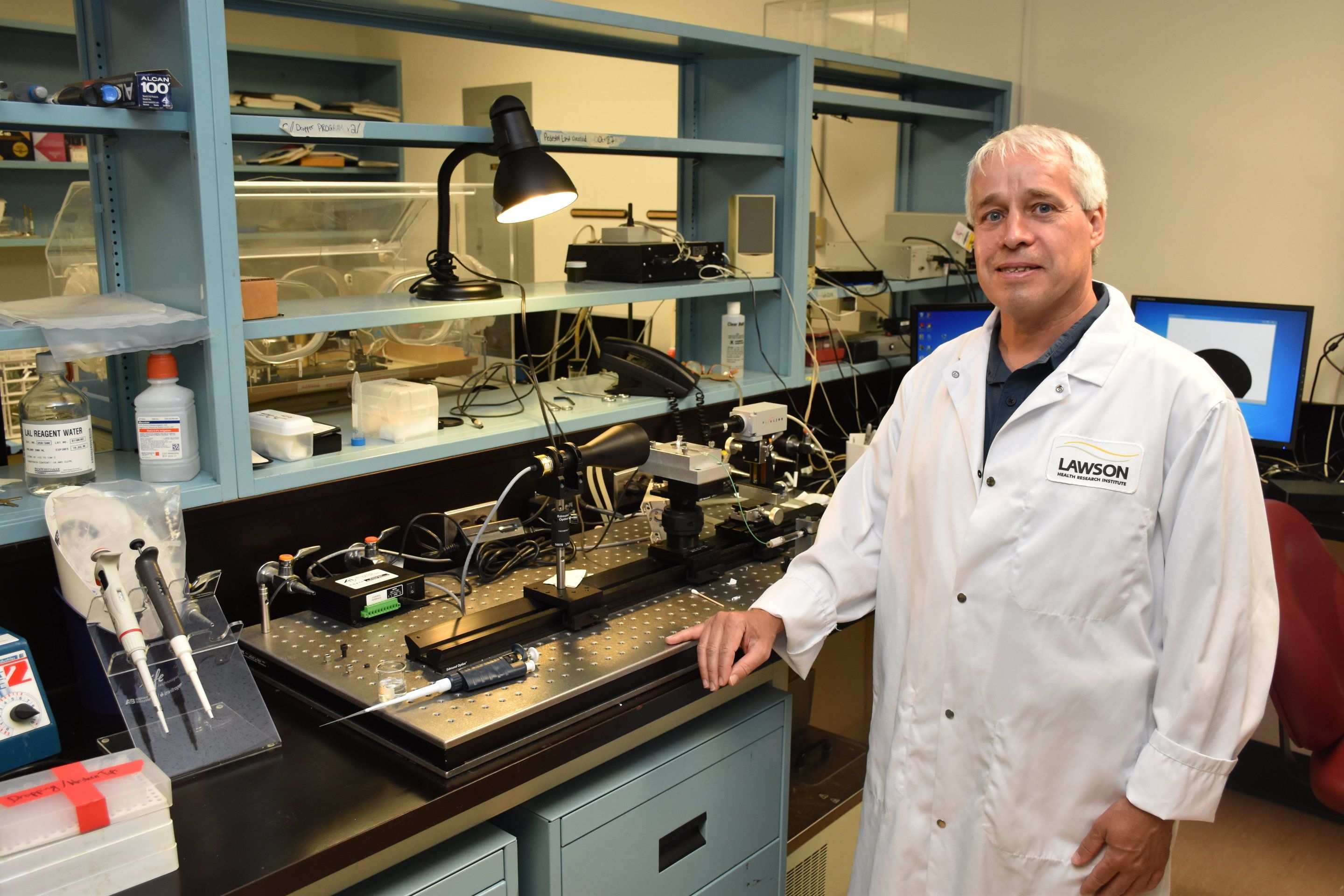
Human lungs are coated with a substance called surfactant which allows us to breathe easily. When lung surfactant is missing or depleted, which can happen with premature birth or lung injury, breathing becomes difficult. In a collaborative study between Lawson Health Research Institute and Stanford University, scientists have developed and tested a new synthetic surfactant that could lead to improved treatments for lung disease and injury.
Lung surfactant is made up of lipids and proteins which help lower tension on the lung’s surface, reducing the amount of effort needed to take a breath. The proteins, called surfactant-associated proteins, are very difficult to create in a laboratory and so the surfactant most commonly used in medicine is obtained from animal lungs.
London, Ontario has a rich legacy in surfactant research and innovation. Dr. Fred Possmayer, a scientist at Lawson and Western University, pioneered the technique used to purify and sterilize lung surfactant extracted from cows. Called bovine lipid extract surfactant (BLES), the therapeutic is made in London, Ontario and used by nearly all neonatal intensive care units in Canada to treat premature babies with respiratory distress.
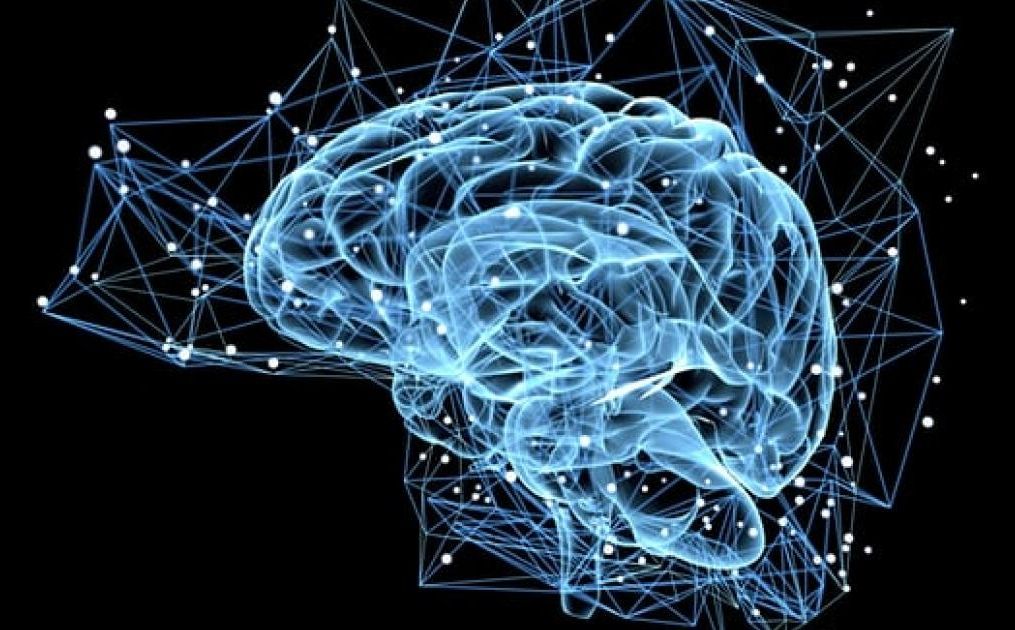
Scientists at the California Institute of Technology can now assess a person’s intelligence in moments with nothing more than a brain scan and an AI algorithm, university officials announced this summer.
Caltech researchers led by Ralph Adolphs, PhD, a professor of psychology, neuroscience and biology and chair of the Caltech Brain Imaging Center, said in a recent study that they, alongside colleagues at Cedars-Sinai Medical Center and the University of Salerno, were successfully able to predict IQ in hundreds of patients from fMRI scans of resting-state brain activity. The work is pending publication in the journal Philosophical Transactions of the Royal Society.
Adolphs and his team collected data from nearly 900 men and women for their research, all of whom were part of the National Institutes of Health (NIH)-driven Human Connectome Project. The researchers trained their machine learning algorithm on the complexities of the human brain by feeding the brain scans and intelligence scores of these hundreds of patients into the algorithm—something that took very little effort on the patients’ end.